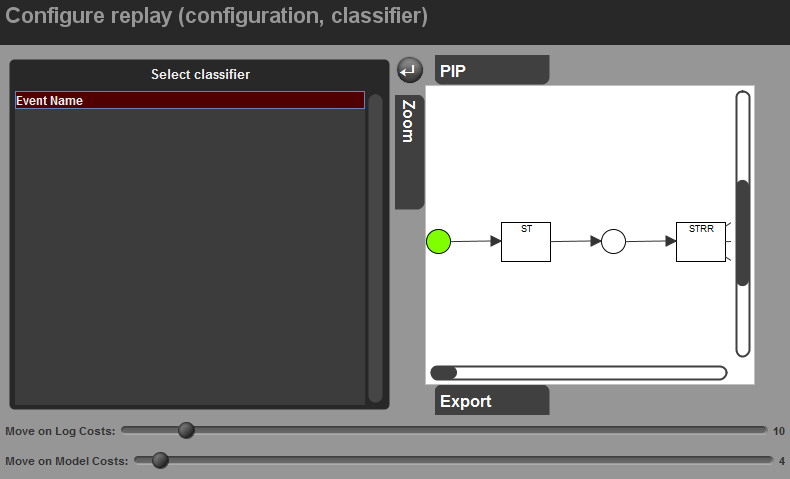A new plug-in has been added to the Divide-and-Conquer framework: The “Replay using Recomposition” plug-in. Initially, this plug-in is similar to the “Replay with Decomposition” plug-in, but it does not stop there. Where the “Replay with Decomposition” plug-in stops after having done the decomposed replay, the “Replay with Recomposition” possibly continues to improve on the result.
As mentioned in
it is possible to merge subalignments back together into an alignment. However, this may not be possible for all subalignments, as some of them will contain conflicts on the borders of the subalignments. After merging, these subalignments are not an alignment, but a pseudo alignment.
After having done a decomposed replay that results in pseudo alignments, the “Replay with Recomposition” plug-in will do another decomposed replay, in which one of the conflicts is solved by combining the related subnets. As such, it resolves the conflict by recomposing these subnets into a single subnet.
Provided sufficient time (and resources), the “Replay with Recomposition” plug-in will return the same fitness value as the non-decomposed replay would, but possibly in less time. Furthermore, the “Replay with Recomposition” has the possibility to terminate earlier, based on some termination criteria. For example, this plug-in allows you to specify that you want to have the best possible fitness value, but that it may only take 10 minutes to compute it. This best possible fitness value will be an interval of a lower bound and an upper bound, with the guarantee that the exact fitness will be in that interval.
Input
- An event log
- An accepting Petri net
Output
- An alignment, possibly containing pseudo alignments.
Package
DecomposedReplayer
Configuration options




